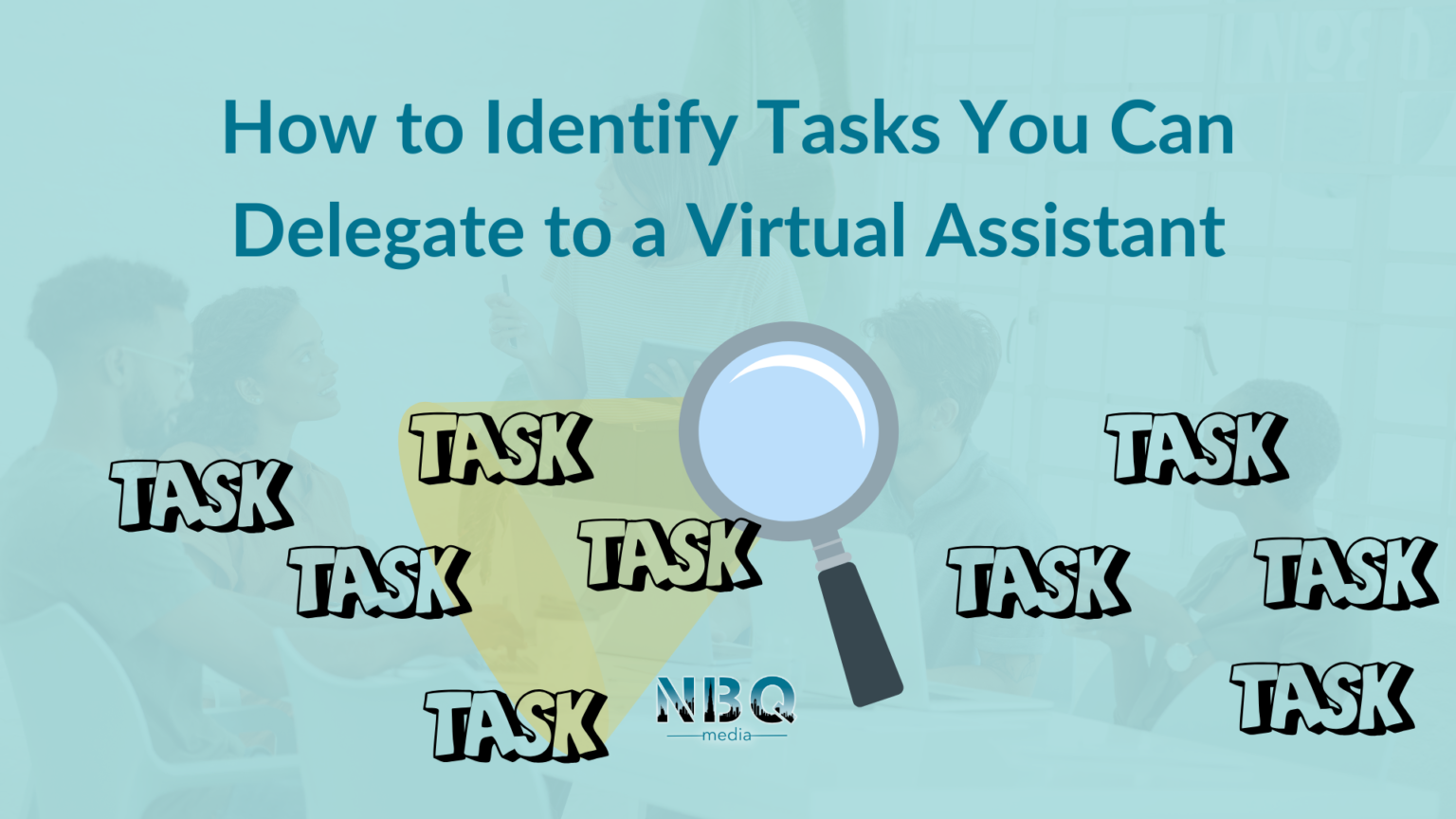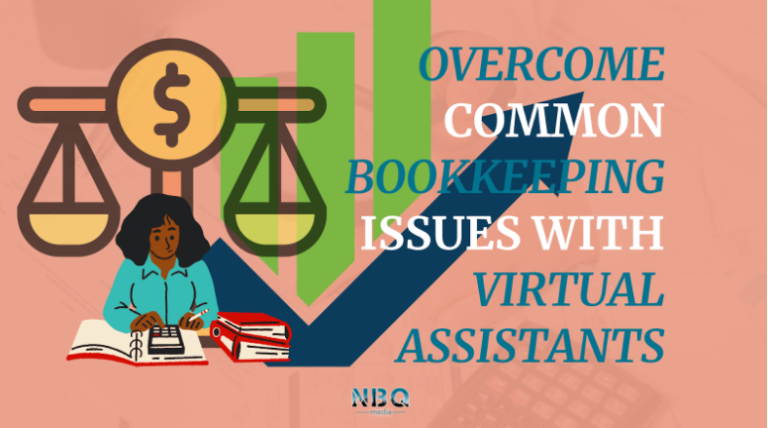As a business owner, your time is one of your most valuable resources. However, the endless to-do lists filled with repetitive tasks can leave you drained and distracted from your primary goal growing your business. That’s where a Virtual Assistant (VA) becomes an invaluable partner. Delegating effectively begins with understanding which tasks you can hand off to someone else. Here’s how to identify those tasks and start to delegate smarter, not harder.
1. Assess Your Daily Workload
Do you feel like you’re always busy but never truly productive? Start by tracking your daily activities for a week. Write down everything you do, from answering emails to managing invoices. Then ask yourself:
- Which tasks take up the most time?
- Are these tasks helping me grow my business?
- Could someone else handle these tasks as effectively or even better than I can?
Repetitive, time-consuming tasks often stand out as the first things to delegate.
2. Categorize Your Tasks
To get a clearer picture, divide your workload into three categories:
- Core Tasks: These are high-level activities that directly impact your business, like strategy, client relationships, or product development. Focus on these.
- Repetitive Tasks: These include administrative duties, email responses, and calendar management. These are perfect for delegation.
- Specialized Tasks: Graphic design, bookkeeping, or social media management—if it requires expertise you don’t have, it’s ideal for a VA.
This categorization will help you prioritize what to keep and what to delegate.
3. Identify Time Drains
Some tasks may not seem significant, but they eat up a lot of your time. Are you constantly answering the same questions or updating spreadsheets? These time drains are prime candidates for delegation. For example:
- Customer inquiries that could be handled by a VA using pre-set responses.
- Scheduling meetings or coordinating calendars.
- Managing repetitive updates, like uploading blog posts or maintaining product listings.
4. Delegate Tasks Outside Your Skillset
As a business owner, you don’t need to be an expert at everything. Struggling with graphic design, social media, or bookkeeping? These are great tasks for a skilled VA. Hiring someone with expertise ensures the work is done efficiently and professionally, giving you more time to focus on your strengths.
5. Focus on Scalability
Think about the future. Are there tasks that will take up more of your time as your business grows? Activities like lead generation, CRM management, and content creation can quickly become overwhelming. Delegating these tasks to a VA early on prepares your business for sustainable growth.
6. Ask Yourself: What Can I Stop Doing?
A simple yet powerful question to guide your delegation process is: What should I stop doing? Tasks that don’t require your direct input or decision-making are often better handled by a VA.
Examples of Tasks to Delegate to a VA
If you’re wondering where to start, here are some common tasks that business owners often hand off:
- Administrative Work: Email inbox management, scheduling, and travel bookings.
- Social Media Management: Scheduling posts, replying to comments, and tracking analytics.
- Customer Service: Answering inquiries, managing FAQs, and live chat support.
- Content Support: Blog research, proofreading, and editing.
- Data Entry: CRM updates, spreadsheet organization, and order processing.
When you Delegate tasks to a Virtual Assistant it isn’t just about lightening your workload it’s about reclaiming your time and focusing on what truly matters. By identifying repetitive, time-consuming, or skill-specific tasks, you’ll unlock more productivity and create room to focus on growing your business.
Remember, you don’t have to do it all yourself. Start small, build trust with your VA, and watch your business flourish with the extra time you’ve gained.
Follow us on Instagram for more tips




